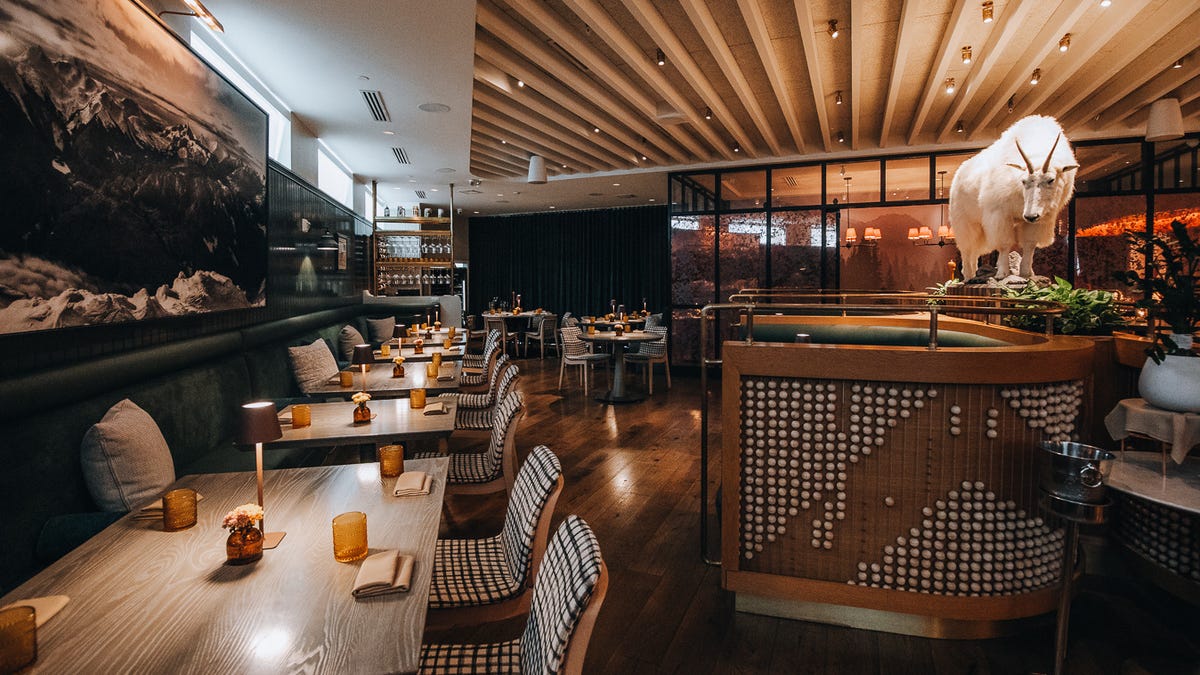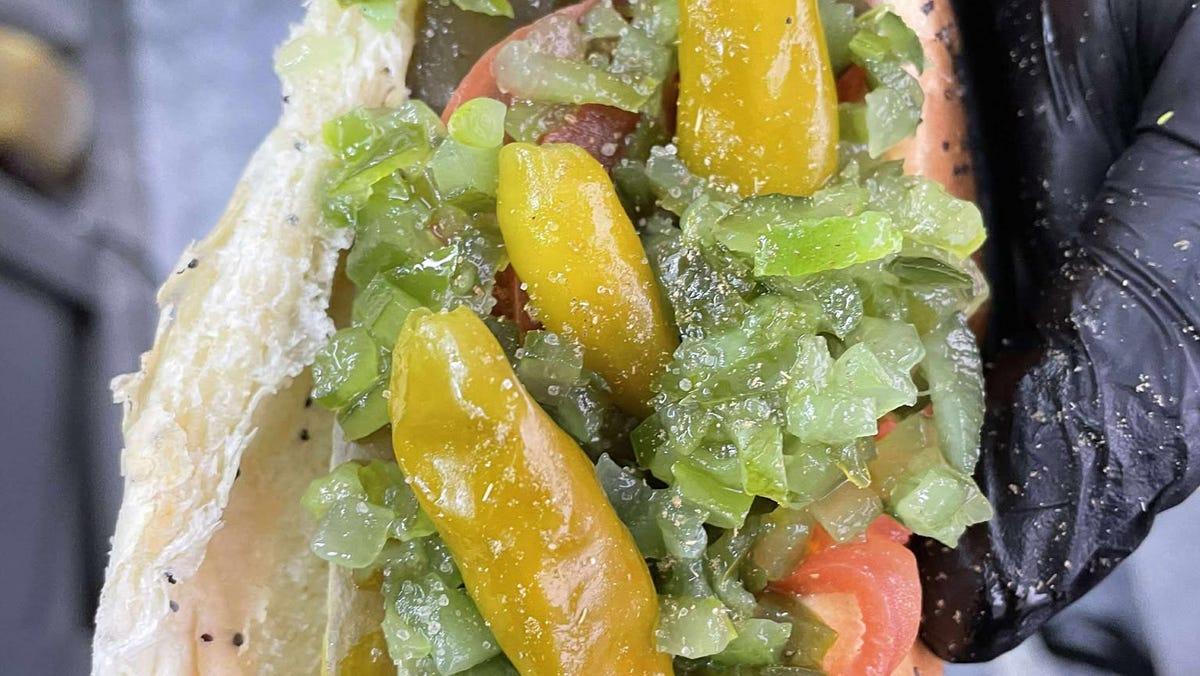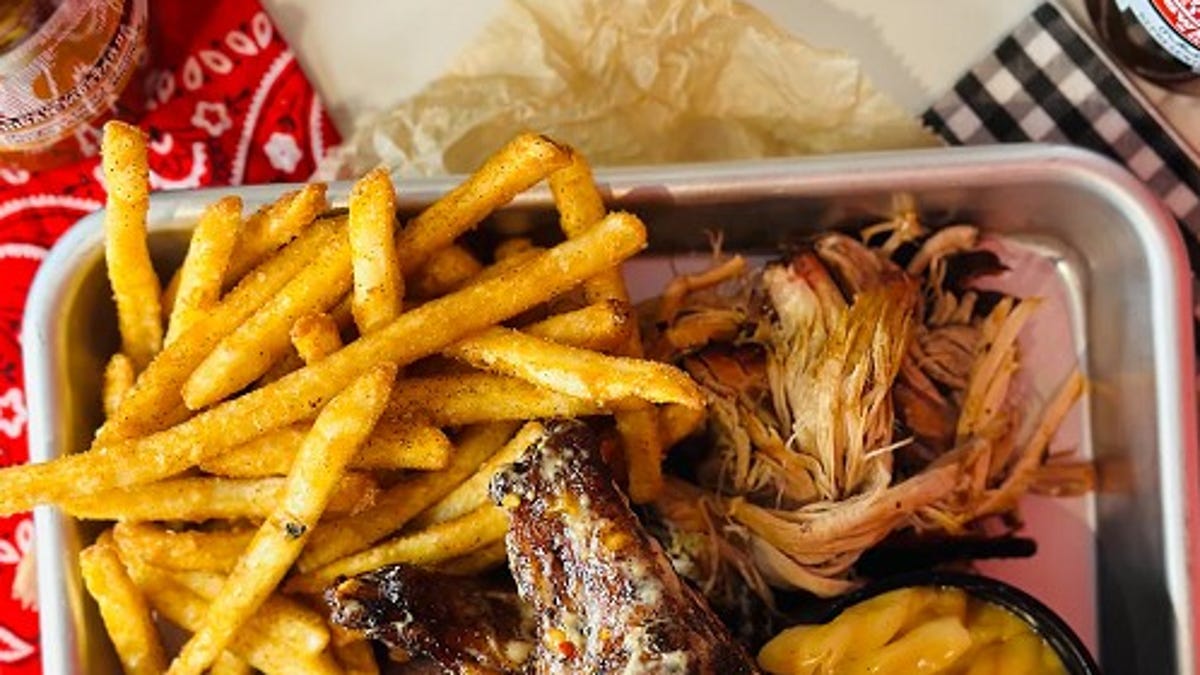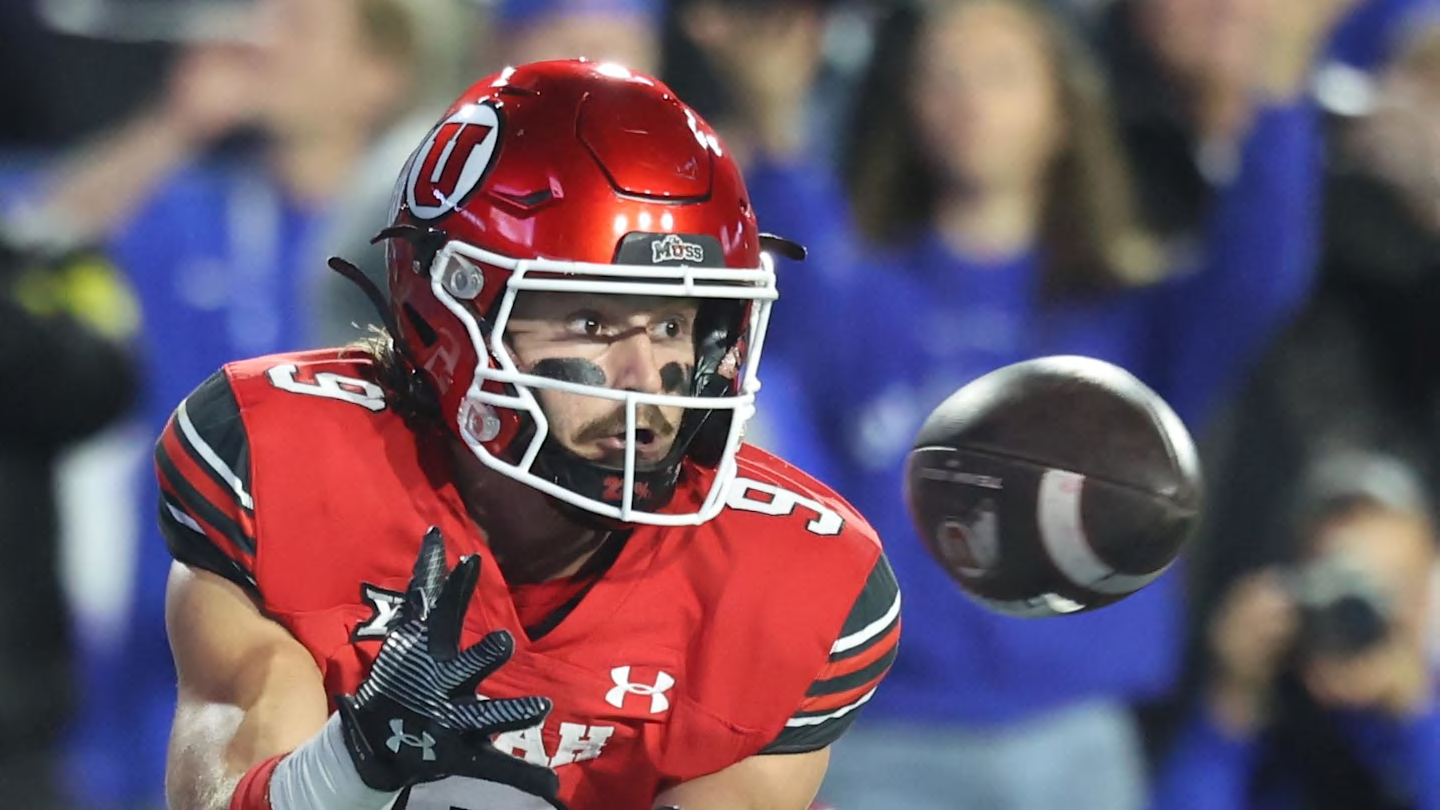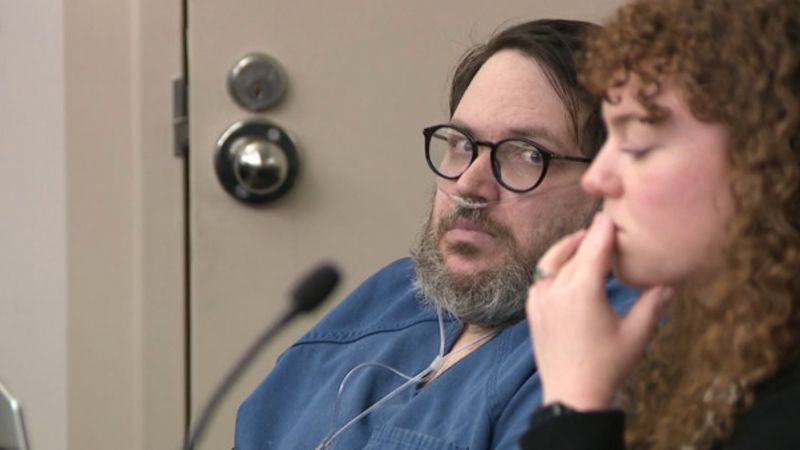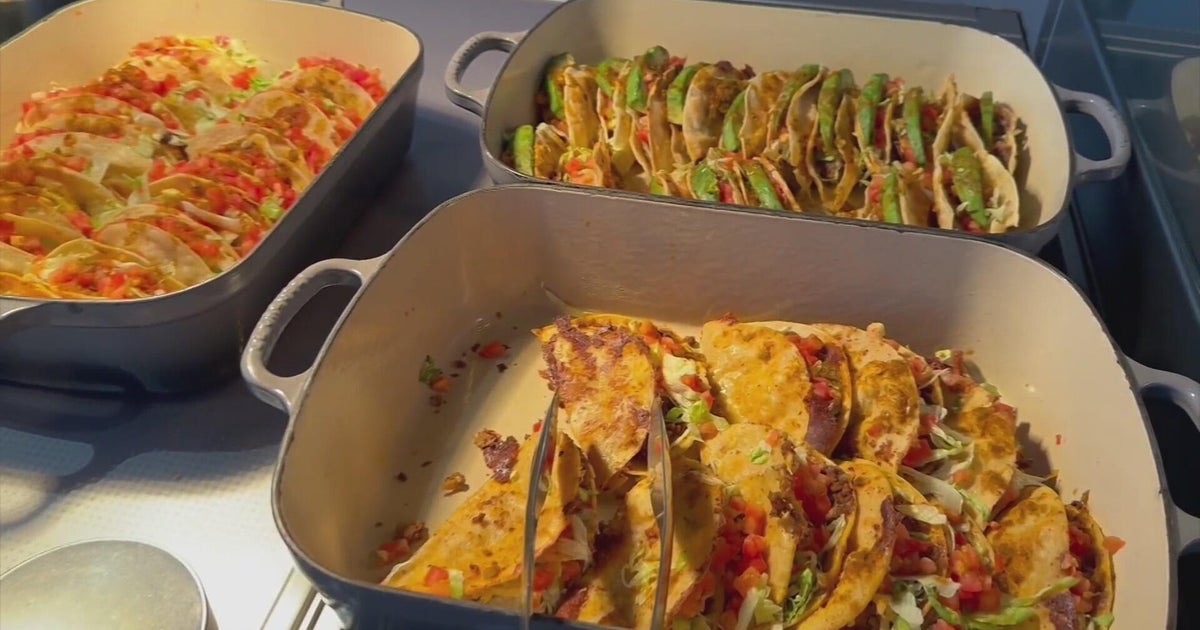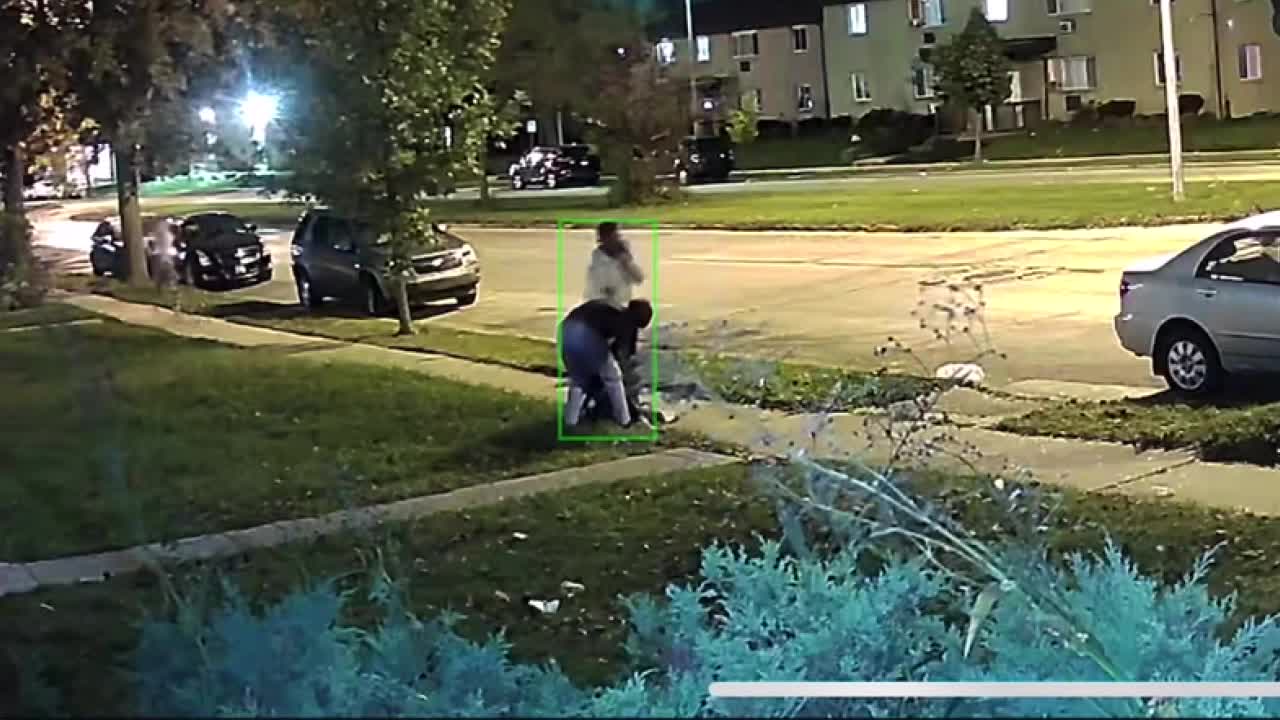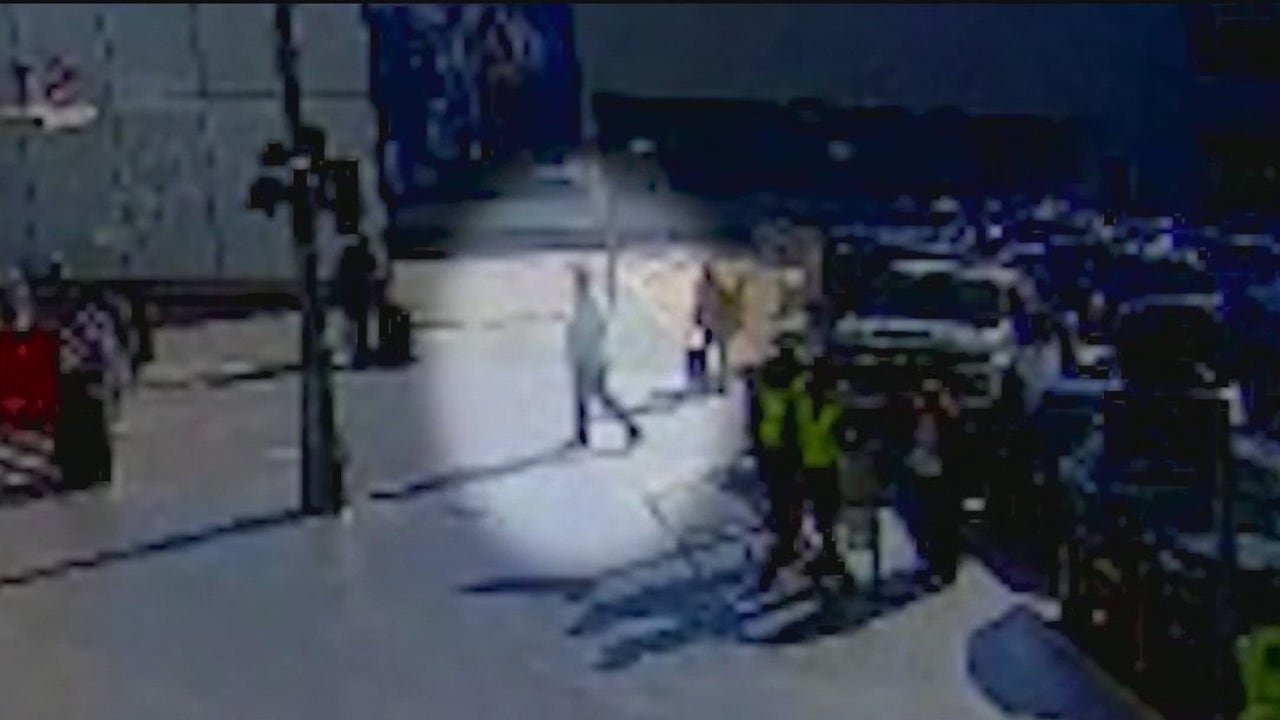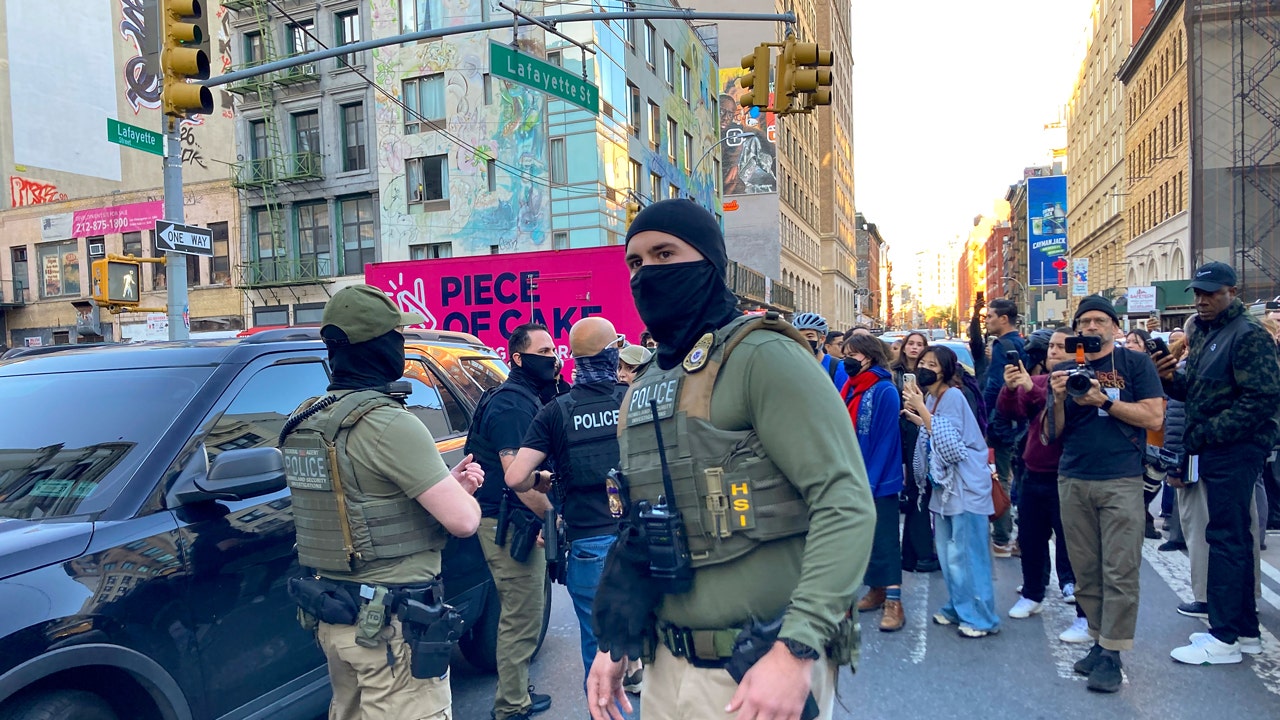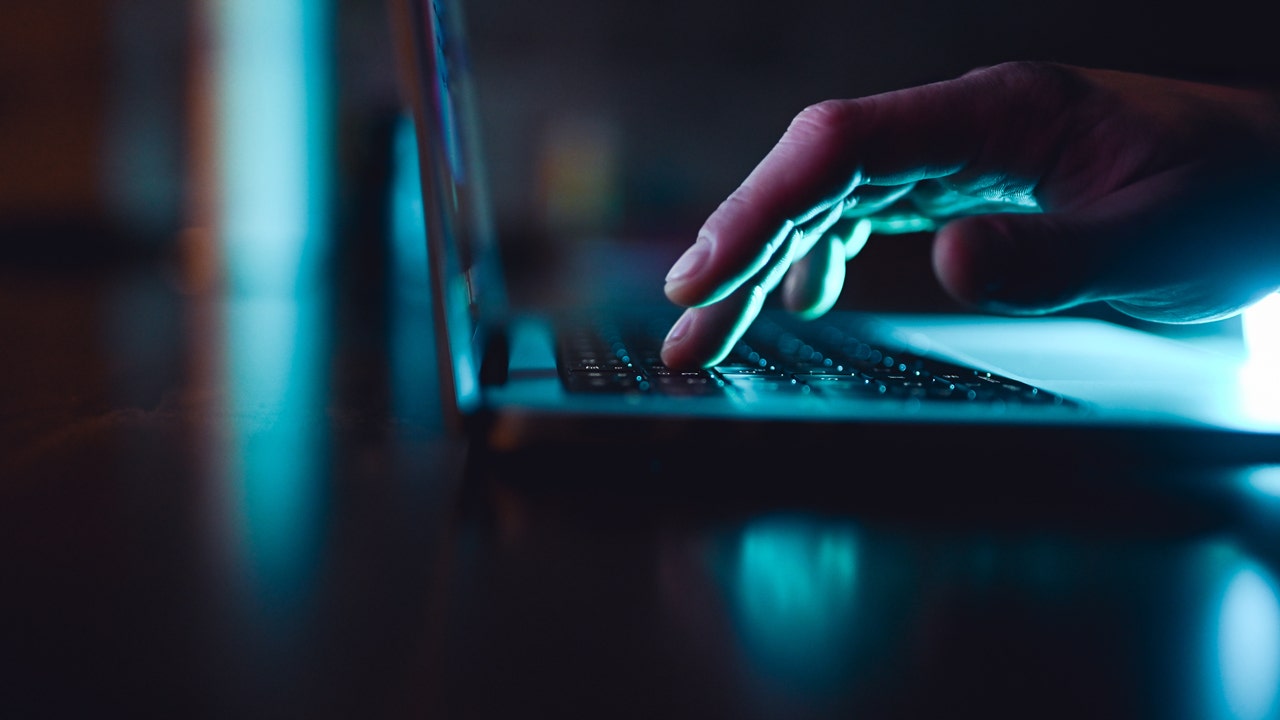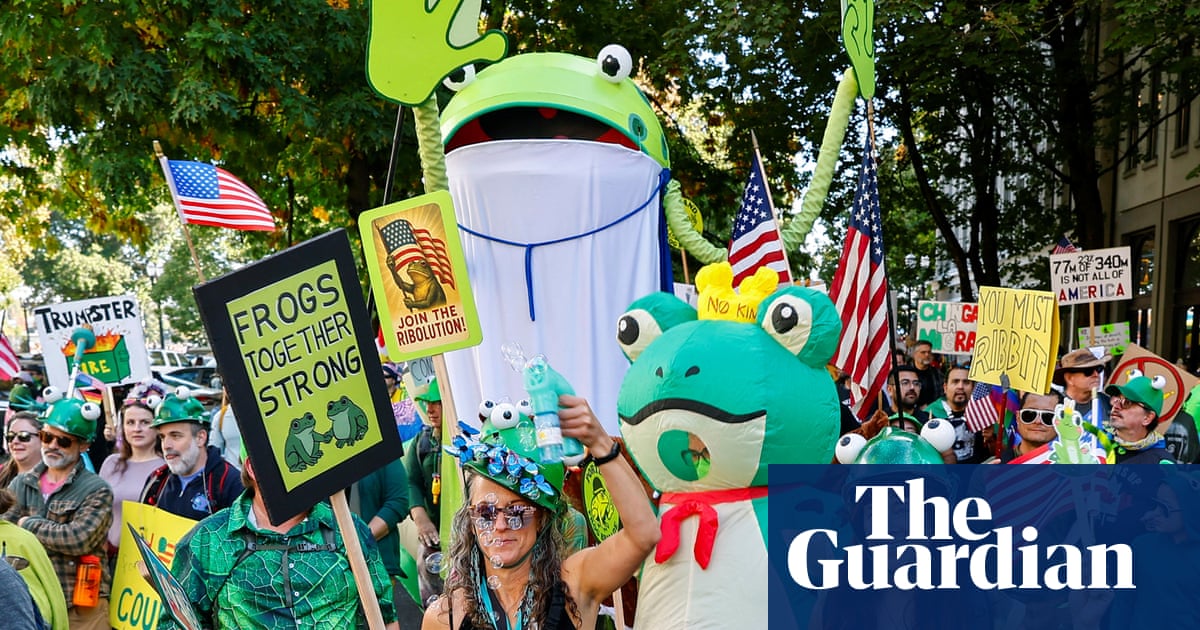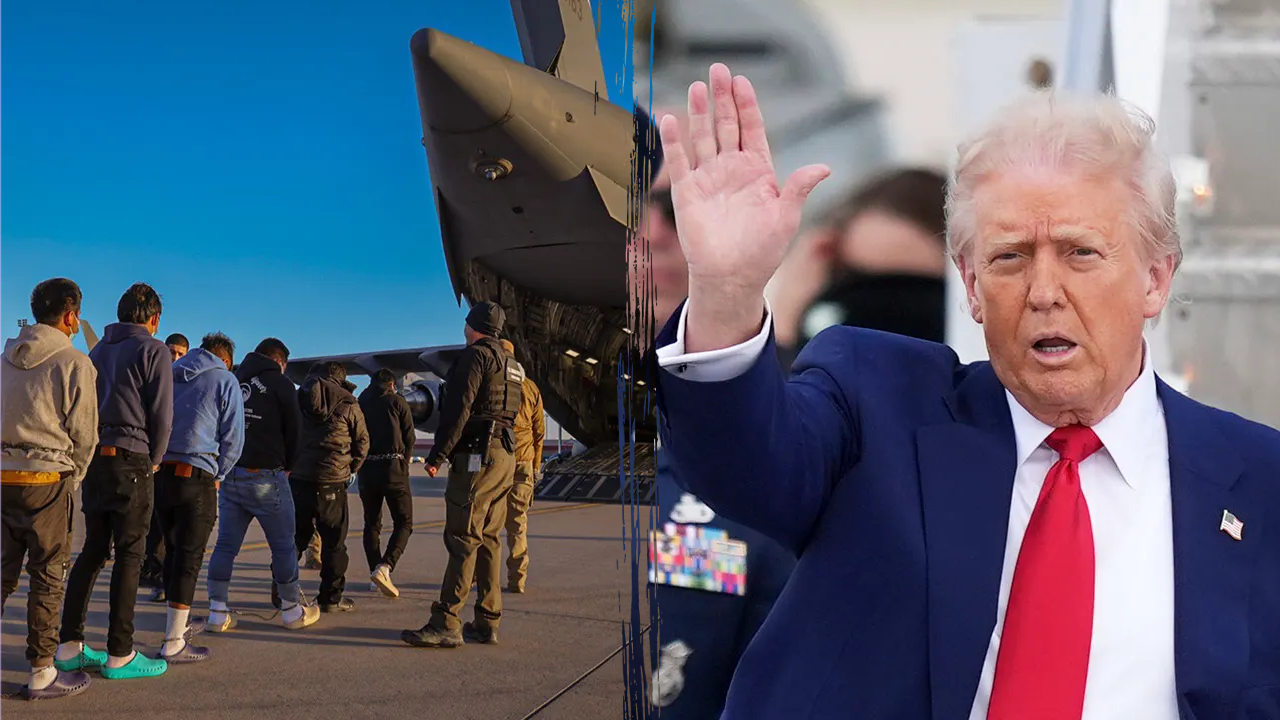In some situations, people just expect to have to make reservations. To eat at a fancy restaurant, for example, or play a round of golf.
Or, coming soon, to park at a ski and snowboard resort in Big Cottonwood Canyon.
Brighton Resort announced in April that it would begin charging for general parking in its two lots — a first for the state’s oldest ski area — and would also require daily parking reservations. Similarly, a spokesperson for Solitude Mountain confirmed that it also expects to implement parking reservations starting this winter, though it plans to limit them to weekends and holidays.
“We don’t want to have the experience be that people come to Brighton and sit in their car in the canyon for an hour just to be told that the parking lot is full,” Brighton spokesperson Jared Winkler said. “We want to give that message like ‘Hey, reservations are full for today. Please think about making a reservation for tomorrow or the next day.’”
Solitude and Brighton are jumping on the reservation train two seasons after Alta Ski Area, just over the ridge from Solitude in Little Cottonwood Canyon, became the first Utah resort to institute reservations. Alta requires them Friday through Sunday and holidays. Last season, Park City Mountain took that a step further by adopting daily reservations for all of its Mountain Village lots.
(Chris Samuels | The Salt Lake Tribune) Signs point drivers to parking at Park City Mountain Resort, Friday, Nov. 18, 2022.
Other resorts, like Brighton and Snowbird, have tinkered with allowing people to pay for reservations as a convenience while keeping most of their parking free of charge. In recent years, though, the demand for access to skiing and snowboarding has multiplied, with Utah experiencing a record number of skier visits last season to coincide with its record snowfall.
Adding more parking isn’t an option, in part because both Brighton and Solitude are located on United States Forest Service land. So, both will experiment with reservation systems.
“Two years ago, if I would have told our season pass holders and guests, ‘We’re going to start doing reserved parking,’ people would have gone nuts,” Winkler said. “But this year, after everybody realized, ‘OK, here’s the plan. It’s worked for Alta. It’s been great at Alta. It’s worked for Solitude. It’s working in Park City now.’ The sentiment is like, ‘OK, good. We need something like this. It’s too crazy up there.’”
How crazy has it been? People have circled the lots for an hour or more looking for a place to park. Some get turned away by staff and told to come back in a couple hours. Other times, as Robert Stuart can attest, frustrated skiers and boarders leave their vehicles in no-parking zones. Stuart, the Region 2 director for the Utah Department of Transportation, said on more than a few occasions people have even ripped the no-parking signs out of snow banks and discarded them.
“It happens all the time,” Stuart said.
(Francisco Kjolseth | The Salt Lake Tribune) People take to the slopes at Brighton Resort in Big Cottonwood Canyon on Tuesday, Jan. 5, 2020. Brighton will require parking reservations and charge for parking this winter.
That is why UDOT, the USFS and the town of Brighton all implored Brighton Resort to take control of the situation. So starting in November, every car driven to Brighton before 1 p.m. will need a reservation every day through April. Season pass holders park for free with a reservation, as do carpools of three or more people. Everyone else (including Ikon pass holders who didn’t designate Brighton as their home resort) must pay $20-25 per vehicle until 1 p.m. After that, all parking is free.
Solitude also plans to offer free parking after 1 p.m. and likely will only insist on reservations on weekends and holidays. Both resorts will contract through Interstate Parking to run the reservation website and enforcement. Interstate also runs parking operations for Alta and Park City.
Despite being the pioneer for paid parking in Utah, Solitude has encountered parking issues similar to Brighton’s, especially on powder days and weekends. Spokesperson Travis Holland said guests have voiced their frustration over having to hunt for a space or being turned around after slogging up the canyon.
“A lot of people have been asking for parking reservations,” he said. “They’ve seen the way Snowbird and Alta have done it. It looks like it’s been helpful with the Little Cottonwood Canyon traffic. I think it’ll be pretty well received.”
In fact, USFS District Ranger Bekee Hotze hinted that reservations might be even more effective in Big Cottonwood Canyon because both resorts are executing similar plans.
“Although there were a lot of concerns expressed prior to [Alta’s] reservation system being implemented, since implementation, we have heard a lot of positive feedback — from the ski area, town, law enforcement, and visitors to the canyon that now have reduced lines,” Hotze wrote in an email to The Tribune. She noted, however, that “some issues still remained in the canyon because the parking wasn’t consistent throughout the entire canyon.”
(Leah Hogsten | The Salt Lake Tribune) Pre-season skiers head for Alta’s slopes and fill the parking lot of Goldminer’s Daughter, Nov. 10, 2021. That year the Town of Alta has announced it will charge $25 for a permit to park in one of the lots it controls in town on the weekends this winter. That announcement combined with the Alta Ski Resort’s previous announcement that it would charge $25 for parking in its lots on weekends means it will not be possible to visit the town on any weekend 2021 winter without having to pay or take the bus.
Brighton and Solitude have certainly been keeping their eyes on their neighbors one canyon over. The wintertime congestion along State Route 210 caused UDOT last week to approve a controversial plan to build a gondola to serve the two resorts. The plan also entails charging a toll at the canyon mouth and improving bus stops.
Big Cottonwood Canyon’s traffic situation isn’t much better, but Winkler said he believes the reservation system will help.
“Maybe a reservation system will help us eliminate some of the traffic in the canyon because people know not to go up there when it’s full,” Winkler said. He acknowledged that while the resort posts real-time parking updates on social media, people don’t always look for or believe them.
“If we can do this and it helps keep UDOT from tolling the canyon,” he added, “maybe that’ll be one of the solutions.”
One benefit of reservations, Stuart acknowledged, is that it spreads traffic out throughout the morning. Instead of racing up first thing just to get a parking spot, people who know there will be a space for them whenever they get there tend to arrive at more varied intervals. Still, he said he doubted reservations will be a permanent fix for the canyon’s congestion woes.
“I think in the short term it could help,” he said. “But what I think we’ve seen is with the demand out there, it won’t help in the long term. It’s not a long-term solution.”




